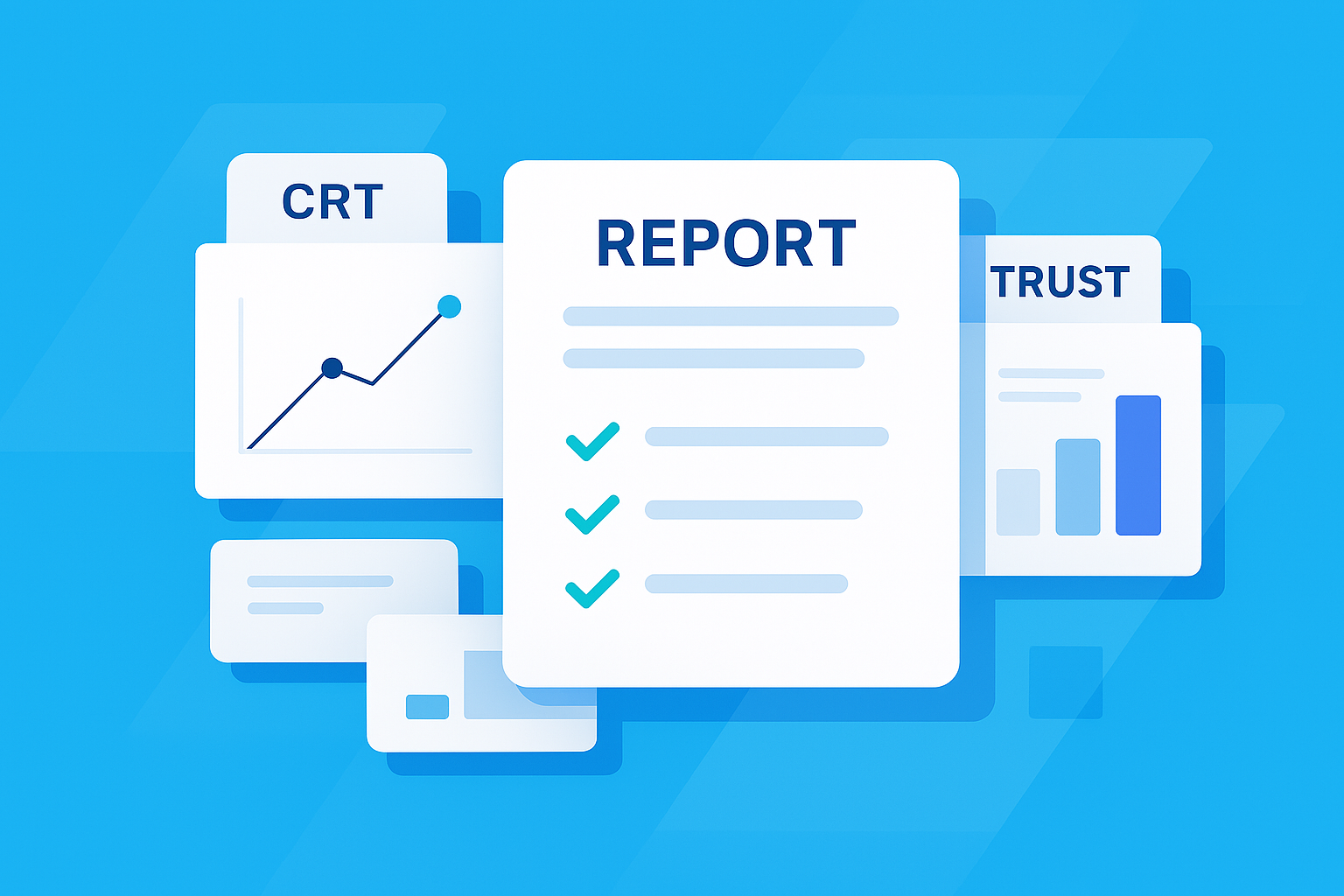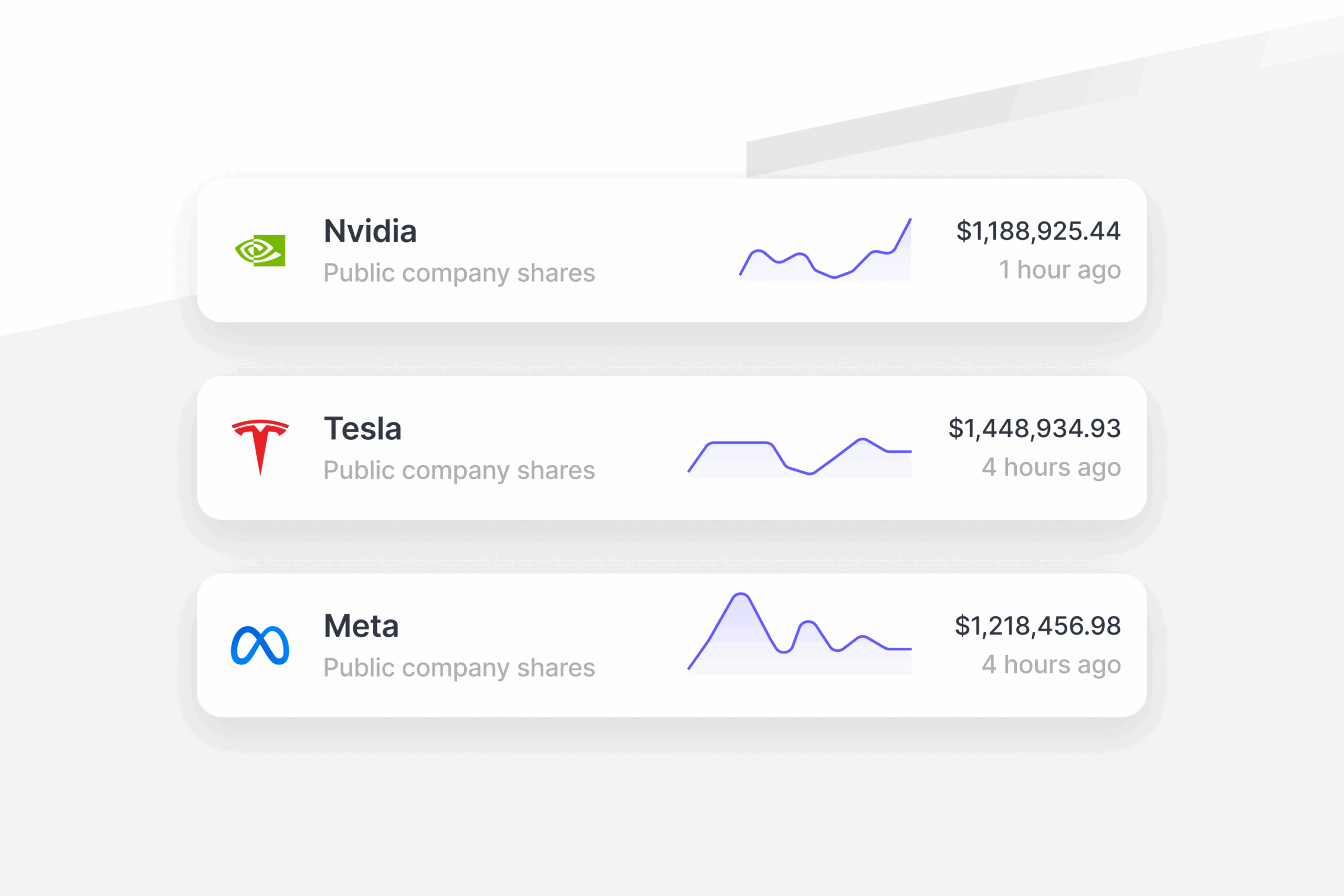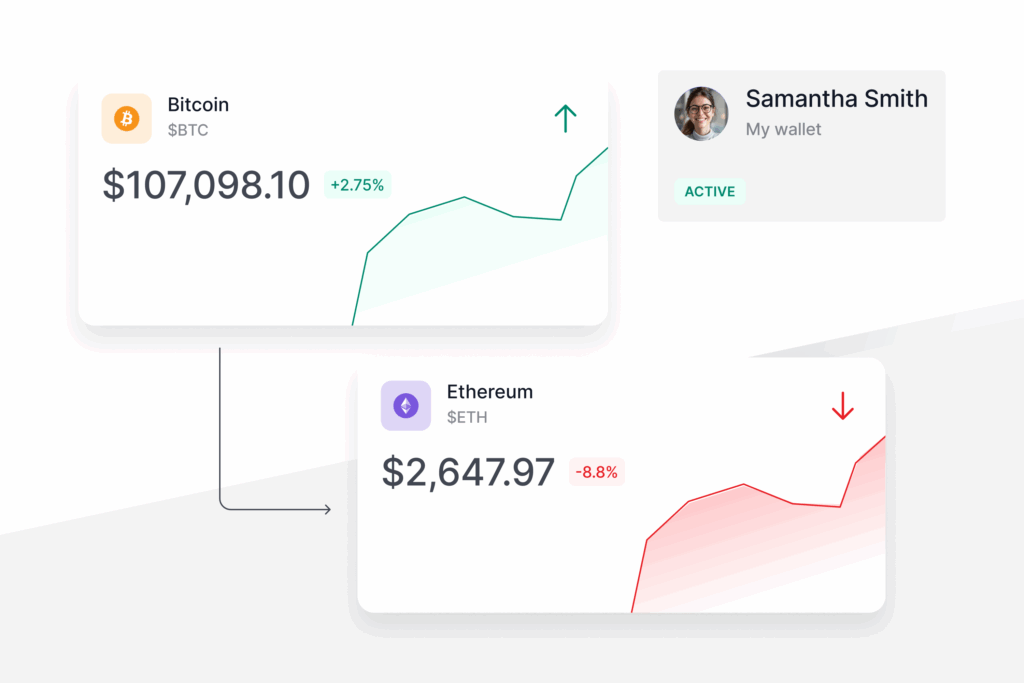Highlights:
- Kajal can reduce her risk by diversifying her $5mm worth of startup equity tax-free and generate ~$22mm more income for her family over her lifetime by combining an exchange fund and a CRT
- She’ll also be able to donate $27mm to charities of her choice (in addition to the $22mm in income).
Startup equity owners often face two big challenges when trying to monetize their equity assuming you get past the first step of building a successful startup. The first is that its often hard to find a buyer for your equity and, even if you do, taxes can take as much as half the sales proceeds. Fortunately, there are two great solutions that work together to these problems, an Exchange Fund and a Charitable Remainder Trust (or CRUT). Combining the two can get you immediate liquidity, diversification, lifetime income and signficant tax savings.
In this post, we’ll walk through an example of how a Startup Executive can combine a Charitable Remainder Unitrust and an Exchange Fund to illustrate the benefits and the tradeoffs of the strategy. But first let’s start with the basics.
What is a CRUT (Charitable Remainder Unitrust)?
A CRUT is a tax-exempt structure, similar to an IRA, with many tax benefits. According to Charles Schwab, they are well suited for appreciated assets you have not yet sold. In exchange for eventually donating some of the money in the trust to a charity, you can defer the taxes you would otherwise pay when selling an asset. This enables you to sell assets and reinvest the proceeds tax-free inside the trust while still receiving annual cash distributions from the trust. Plus, CRUTs give you an immediate charitable income tax deduction when you first contribute your assets to the trust.
The difference in long term financial outcomes between (a) just selling your shares, paying tax and then reinvesting the after-tax proceeds, and (b) combining an exchange fund with a CRUT, can be enormous. The latter approach essentially lets you compound the money you would have otherwise paid in taxes over the life of the trust. As we’ll see in our example below, the result can be 3 times as much cash for you and your family over the life of the trust.
What is an Exchange Fund?
An exchange fund, or swap fund, is similar to a mutual fund but, instead of purchasing their interest in the fund with cash, investors contribute stock. By aggregating many different stocks from many investors, an exchange fund allows you to swap your own concentrated stock position for a diversified basket of stocks of the same value. This greatly reduces your financial risk. Better still, unlike a stock sale, no capital gains tax is triggered when you exchange your shares. Note that, if you’re not using a CRT, that tax would be triggered when you later redeem your interest in the exchange fund for cash. Exchange funds have been around since the 1960’s but have been generally limited to accepting only public stocks. Now though, there is an exchange fund from Collective Liquidity that is accepting shares of late-stage, venture-backed private companies.
Case Study
Kajal is 45 and lives in New York City. She works at Altruist, a private tech company. She’s fortunate that her exercised options are now worth more $5mm with a cost basis (i.e., the exercise price of her stock options) of $250K. This is life changing money for her and her family. While she is bullish about Altruist’s prospects, she is worried that most of her family’s net worth is tied up in one company. She knows she needs to diversify to reduce her risk and set up her family’s long term financial health.
Her first problem is that she doesn’t have an easy way to find a buyer. That means she can’t turn her shares into cash and use the cash to buy other assets to diversify. That’s where the Exchange Fund comes into play. Because the fund accepts her startup’s equity as payment for an interest in the fund, the fund acts as both her buyer and her means of diversification. As a result of her exchange, Kajal now owns part of a diversified portfolio of leading companies like Altruist.
Now that Kajal is no longer over-concentrated in one stock, she is looking to generate some cash from her exchange fund interest. She can redeem her some of fund interest for cash after the first year, but knows that if she doesn’t use CRT, the tax bill she deferred with the exchange will become due. Kajal would owe the federal government about $1.1m in taxes on her capital gains, and New York (city and state) another $600K, for a total tax bill of around $1.8mm. Kajal would rather not send more than 35% of his gains to the government immediately — who would?
The good news that a charitable remainder trust solves for this problem. Kajal contributer her exchange fund interest into a CRT. She receives an up-front tax deduction, plus, there are no taxes whenever she redeems her exchange fund interest for cash. She can use that cash to make annual distributions to her family and/or diversify further into other types of assets.
Assumptions
Cost basis on shares to be sold: $250,000
Current value of shares: $5,000,000
Kajal age: 45
Exchange Fund growth rate: 12.5% annually net of fees
Goal: Use a portion of her shares to reduce her financial risk and generate income to cover her family’s expenses, reinvesting the rest
Diversification Benefit from Exchange:
In a single step, Kajal goes from owning $5mm worth of shares in a single company to owning $5mm worth of a diversified portfolio of private growth stock at no cost. She can worry a lot less about her family’s financial safety and start making long-term plan to manage her wealth.
Immediate Charitable Deduction
Kajal receives an immediate tax deduction when she contributes her exchange fund interest into her trust. There’s some complicated IRS-mandated math here, but the end result is actually pretty straightforward: She will get to deduct about 10% of the current value of the exchange fund interest she put into the trust. In our example, that’s a $500,000 deduction. Since she lives in a high-tax city in a high-tax state, that deduction translates into cash savings of about $250,000 on this year’s taxes.
Easy Liquidity
After the first year, Kajal can start redeeming her exchange fund interest at its full value at the time for cash. This is much easier way get liquidity than searching for a buyer and negotiating a private stock sale. The cash from the redemptions can be paid to her by the trust annually or reinvested in other assets.
No Taxes On Redemptions or Asset Sales in the Trust
Kajal won’t have to pay any state or federal tax on those redemptions or other asset sales done within the trust. Instead of paying that $1.8m in taxes we calculated above, she gets to keep that money, paying some of it out to herself every year and reinvesting it tax free, compounding it over time.
What’s the bottom line?
What would all of these tax savings and investment gains mean for Kajal’s bottom line? Assuming Kajal is taking out 20% of the assets every 5 years to cover her family’s expenses she’ll be able to pull out $42m after taxes over the remainder of her life. On the other hand, if she hadn’t used the combination of the Exchange Fund and Charitable Remainder Trust and spent the same amount per year, she’d only have $20m after taxes. On top of creating roughly $22m more of wealth for her family, diversifying her assets so she could sleep well, Kajal will also donate another $27m to a charity of her choice after she passes away.
In other words, even after donating $7.5m to charity, Kajal still pockets an extra $22 million by diversifying and selling her asset with a combination of an exchange fund and Charitable Remainder Trust.
About Valur
We’ve built a platform that makes advanced tax planning – once reserved for ultra-high-net-worth individuals – accessible to everyone. With Valur, you can reduce your taxes by six figures or more, at less than half the cost of traditional providers.
From selecting the right strategy to handling setup, administration, and ongoing optimization, we take care of the hard work so you don’t have to. The results speak for themselves: our customers have generated over $3 billion in additional wealth through our platform.
Want to see what Valur can do for you or your clients? Explore our Learning Center, use our online calculators to estimate your potential savings or schedule a time to chat with us today!
































